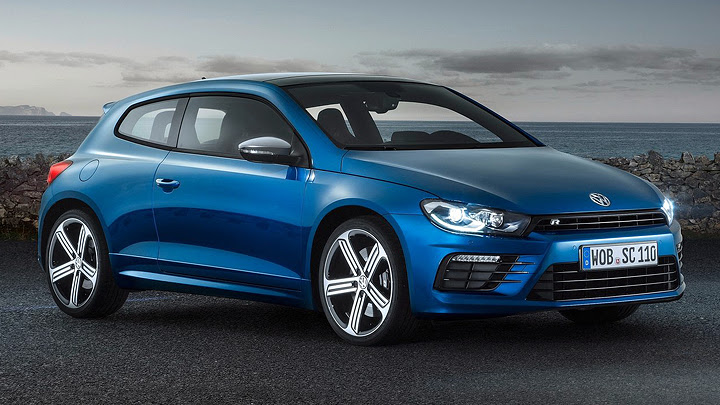
Sports cars have always dazzled many, many more people than those who actually buy them. This fact is so well-established in the car world that both companies which work with them and those which don’t have found ways to use it as a sales argument. The first explanation of that is the other fact that sports cars are emotional purchases. Regardless of the body choice, their biggest focus is driving pleasure, and they work on it in multiple directions: aerodynamic design, powerful engines, great handling, stiffer structure… Any enthusiast can cite dozens of great examples of these cars. What stops them from appearing in nine out of ten garages around the world is the other fact that real life, pretty much anyone’s, is made of aspects which require dedication to very different things.
Such scenario ended giving high-performance cars a status of “forbidden dream”, which is precisely why these cars earned that reputation in the first place. Nevertheless, it’s impossible to deny that relying on this kind of image doesn’t sell much. The industry needed to do something, and the best answer ended being the attempts of joining sportiness to everyday values, which gives lots of new examples every year. Conventional cars started to invest on looking sporty, and, more recently, sports cars started to get a little closer to those who can’t make their dreams come true. Scirocco’s success came from that, actually. To keep the story short, if Golf GTI is a sporty version of an urban car, its forty-year-old sibling can be considered a sports coupé designed for everyday use.








This vehicle has reached an interesting point of its history because its very worldwide debut was made at Geneva, during the ‘1974 edition. However, since its current phase appeared in 2008, it would be too early to get another one now – as well as it would be too late if it arrives for its fiftieth anniversary. VW’s answer to such bad timing is a small facelift now, which tweaked the exterior with redesigned headlights, LEDs on both front and rear, new alloy wheels and new bumpers. The latter look more aggressive and borrowed styling cues from Golf GTI for the regular trims. The new Scirocco R, in turn, features a reworked bodykit of its own, with even sportier design and bigger wheels and air vents.
Entering the car reveals Golf’s steering wheel and a new instrument cluster above the dashboard. It displays oil temperature, stopwatch and turbo boost pressure, and VW’s claim of being a tribute to the original Scirocco. The really great news is that all the engines became more powerful, as well as slightly more efficient. With gasoline, the entry-level 1.4L went to 123 hp, but its 158-hp version was replaced by a 178-hp 2.0L TSI. The next option is a turbocharged 2.0L of 217 hp. It’s 19% more efficient and makes 19.1 kpl. Scirocco R, at last, uses the latter engine in a 276-hp version, which is capable of 14.8 kpl. With diesel, the 2.0L TDI comes with 148 hp or 182 hp, and makes up to 29.3 kpl. According to the propeller, the dual-clutch gearbox can have six or seven speeds.